Weeds to enrich the garden
Melissa Northern Italy zone 8
7 years ago
Featured Answer
Sort by:Oldest
Comments (10)
portlandmysteryrose
7 years agoJasminerose, California, USDA 9b/Sunset 18
7 years agoRelated Discussions
How to Enrich Soil for Sowing?
Comments (11)Bags of dehydrated or composted manure from the store, as others have said, don't smell. Don't worry about that. My experience is that aged rabbit manure doesn't smell, either (or at least it definitely doesn't smell bad, or strongly). I have less experience with other manures, but after it's composted, or even when it's just well aged, it won't smell. Yes, tea leaves and egg shells and banana peels are great for the garden (many plants, not just a couple of kinds of plants), though I usually send them through the compost first. When I used bagged tea, I send tea bags into the compost whole (though if they have a plastic tag, I'll remove it)...the rest will break down in the compost. If you're not going to compost them, I'd get them into the dirt sooner rather than later, because they won't be really useful until after they've broken down. You might consider putting them out immediately rather than stockpiling them -- some people bury kitchen scraps directly in the garden, but I don't really know the details, so you should figure out the best ways to go about this. I also put egg shells in my compost, but you can't expect them to break down into nothingness at the same rate as kitchen scraps. They take a while to break down, but over time, the minerals are leached out, and the shells become thinner and weaker, until eventually they break down and you can't see them any more. I just toss them into the compost as-is, which usually means in halves. When (if?) I turn the compost, I may poke at them with a pitchfork, or crush one in my hand. You know, if I feel like it. The longer they've been in the compost, the thinner and weaker they are. My Spring garden always has bits of egg shell scattered across it, but now that I think about it, my Fall garden never does. I think you're on the right track, but I also think you're doing both too much and too little. I say too much, because I think you're going to much more effort with your scraps (charring, grinding, etc.) than you need to, and it's probably not worth the effort. I say too little, because if you want to amend your soil organically, you probably want more volume than that. In order to get started this year, I'd suggest that if you can't find another source, that you re-think the bagged products (such as manures, though sometimes you can find things labeled "compost") from your local garden center. While they may not be odorless, they won't *stink*. I promise. See what people have to offer on Craigslist, too, because you might be surprised. This will give you a boost while you get your own compost going, and research other sources. Meanwhile, get a compost bin or pile going. I don't know where you live (state, city/country, etc.), so I don't know what to recommend, but there are lots of options. I live in the city, so I use garbage can compost bins, which I make by taking a 32-gallon garbage can, and drilling 1/4"-1/2" holes all over. The size is just right for my family and my yard (I don't have the volume for a more traditional pile). If you have a larger space, a more traditional compost pile (or something semi-enclosed with wooden pallets or chicken wire) might make more sense. Either way, none of these approaches is difficult, or expensive. Just do it! Take today's banana peels and tea leaves, and START. Eventually you'll have compost....See MoreWhat kind of mulch to use under fir trees...need to enrich soil
Comments (4)Your soil in Oregon will most likely be clay and near the coast will also most likely tend to be acidic. Start your soil improvement program by contacting the Oregon State University USDA Cooperative Extension Service about a good, reliable soil test for base nutrient load and soil pH levels. After this has been done dig in with these simple soil tests to see what you currently have and for a guide to what you need to do to improve that soil; 1) Structure. From that soil sample put enough of the rest to make a 4 inch level in a clear 1 quart jar, with a tight fitting lid. Fill that jar with water and replace the lid, tightly. Shake the jar vigorously and then let it stand for 24 hours. Your soil will settle out according to soil particle size and weight. A good loam will have about 1-3/4 inch (about 45%) of sand on the bottom. about 1 inch (about 25%) of silt next, about 1 inch (25%) of clay above that, and about 1/4 inch (about 5%) of organic matter on the top. 2) Drainage. Dig a hole 1 foot square and 1 foot deep and fill that with water. After that water drains away refill the hole with more water and time how long it takes that to drain away. Anything less than 2 hours and your soil drains too quickly and needs more organic matter to slow that drainage down. Anything over 6 hours and the soil drains too slowly and needs lots of organic matter to speed it up. 3) Tilth. Take a handful of your slightly damp soil and squeeze it tightly. When the pressure is released the soil should hold together in that clump, but when poked with a finger that clump should fall apart. 4) Smell. What does your soil smell like? A pleasant, rich earthy odor? Putrid, offensive, repugnant odor? The more organic matter in your soil the more active the soil bacteria will be and the nicer you soil will smell. 5) Life. How many earthworms per shovel full were there? 5 or more indicates a pretty healthy soil. Fewer than 5, according to the Natural Resources Conservation Service, indicates a soil that is not healthy. Here is a link that might be useful: OSUCES...See Moreundersowing to enrich soil
Comments (3)Do you want a "cover crop" or a "green manure" crop? While the terms are often used interchangeably they are really different uses of, sometimes, the same seed. A "cover crop" is used just to hold the soil in place, prevent erosion, while a "green manure" crop is used to improve the soil. Some of the "green manure" crops can be used to fix extra Nitrogen in the soil, the legumes (clovers, peas, vetches), but they all contribute nutrients to the soil. All of the "green manure" crops are to provide nutrients to future plantings not the current seasons because of the time needed by the Soil Food Web to digest that material and convert the nutrients they contain into what the plants can utilize. Interplanting, or companion planting, is different even if some of the same plants are used. Here is a link that might be useful: ATTRA on cover crops...See MoreHow to weed a heavily-weeded garden?
Comments (20)nfmgirl, Wow, you ask a question and get many different solutions! You can see that there are many different ways to approach this. That's why we're always learning on this forum. Personally, I would do it the way ill-mannered ache suggested. Cut the weeds lower, put the cardboard on top, and then place as much organic material on top as you can scavenge (grass clippings, leaves, compost, coffee grounds, etc.). Then cover with mulch. You will be shocked at the weed control that will give you for a long period of time. Even after the cardboard dissolves. I find that pulling weeds out disturbs the soil and brings more weed seeds to the surface to germinate, so I try never to disturb the soil. It also displaces the soil structure and upsets the drainage (think earthworm tunnels, soil organism homes, etc). Soil is expensive and precious. The longer it has been there, the longer it has had to develop the wonderful organisms that help our plants grow. I would add stuff like organic material, but wouldn't take anything other than the weed tops out. The cardboard will kill the weeds beautifully, and fast, and for a long time. I have to add that you are so lucky to have this perfect spot for your veggie gardening! Looks like the sun exposure and the bones of the garden are perfect. I know you will have so much fun with this. Keep coming here, there are such wonderful veggie gardeners on this forum with amazing results. They are inspiring. Lastly, I agree with Florah. Wait a year or so before you cut any trees down. Maybe limb them up. After you live with them through the season changes, it will become clear if something needs to go. Shade is wonderful in summer and trees take years to grow. Sounds like the previous gardeners put a lot of love in this place. You are lucky. Anna...See MoreUser
7 years agoSheila z8a Rogue Valley OR
7 years agomariannese
7 years agoUser
7 years agolast modified: 7 years agoMelissa Northern Italy zone 8
7 years agonikthegreek
7 years agolast modified: 7 years agoUser
7 years ago
Related Stories
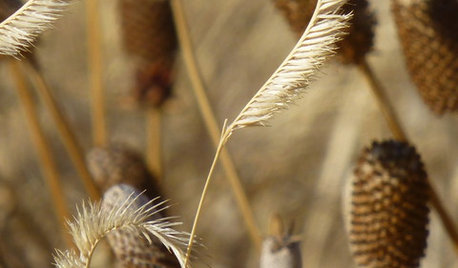
FALL GARDENINGAutumn’s Spent Flowers Enrich the Off-Season
The garden season never ends when you think beyond summer blooms
Full Story
GARDENING GUIDESThe Poop Scoop: Enrich Your Soil With Good Old Manure
Get over the ick factor already — this natural super-ingredient for soil has so many benefits, you'll wonder why you ever went chemical
Full Story
EDIBLE GARDENSNatural Ways to Get Rid of Weeds in Your Garden
Use these techniques to help prevent the spread of weeds and to learn about your soil
Full Story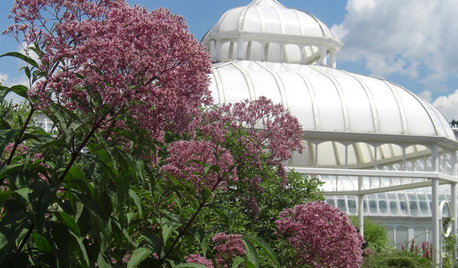
FLOWERSGreat Design Plant: Joe Pye Weed
This unsung beauty tolerates wet soil, provides beautiful late summer blooms and attracts butterflies and hummingbirds
Full Story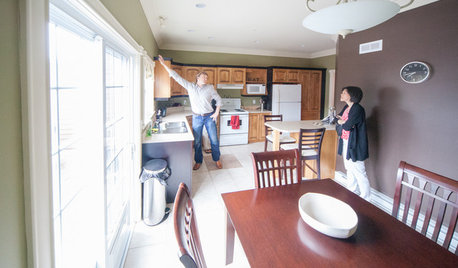
HOUZZ TOURSMy Houzz: Harbor Views Enrich a Newfoundland Townhouse
Bigger windows in this brownstone bring in ocean sights, but more features for entertaining are just as much a draw
Full Story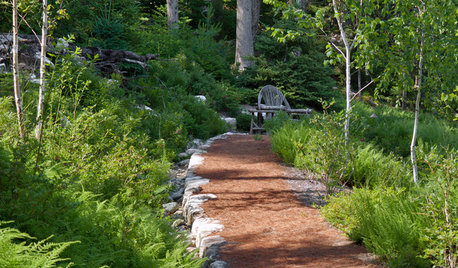
GARDENING GUIDES5 Things to Know About Weeding and Mulching Your Native Garden
What’s the best time to pull weeds? How thick should the mulch be? Here’s the scoop for a healthy landscape
Full Story
GARDENING GUIDESWhat’s in a Name? See 6 Wildflowers That Aren’t ‘Weeds’ at All
Dispel the stereotypes of weeds and try these wildlife-supporting native wildflowers in your garden
Full Story
GARDENING GUIDESLet's Weed Out 4 Native Plant Myths
Plant wisely for a garden that supports pollinators and requires less work
Full Story
GARDENING GUIDES5 Weed-Smothering Ground Covers
Let these landscape plants do the dirty work of choking out weeds while you sit back and enjoy the view
Full Story
GARDENING GUIDESGreat Design Plant: Bugle Weed, a Quick Ground Cover
It’s highly adaptable, suppresses weeds, reduces erosion and provide weeks of bright flowers. Just watch for invasiveness
Full StorySponsored
Columbus Area's Luxury Design Build Firm | 17x Best of Houzz Winner!



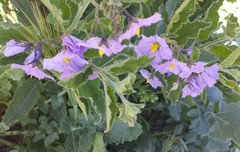
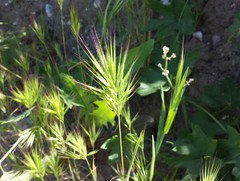
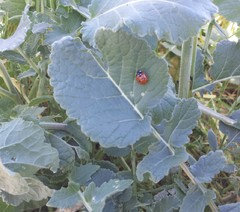

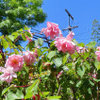

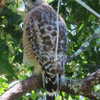
Alana8aSC